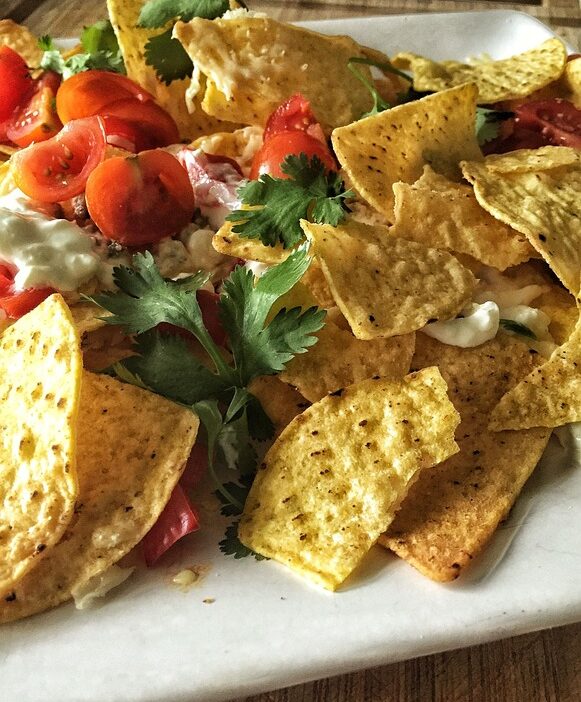Making the leap to a gluten-free lifestyle can seem daunting at first, whether it’s due to celiac disease, gluten sensitivity, or personal choice. With the right tips and a bit of determination, transitioning to a gluten-free diet can be not only manageable but also enjoyable. This guide will navigate you through the essentials of going gluten-free, ensuring a smooth transition.
Understanding Gluten
Gluten is a protein found in wheat, barley, rye, and their derivatives. For those with celiac disease or gluten sensitivity, consuming gluten can lead to serious health issues. However, it’s important to remember that many people feel better and experience heightened energy levels once they eliminate gluten from their diets, even if they’re not intolerant.
Step-by-Step Transition
1. Educate Yourself
Before making any dietary change, it’s crucial to become informed about what gluten is and the foods that contain it. Spend some time reading labels and understanding the hidden sources of gluten, such as:
- Sauces and condiments
- Processed foods
- Medications and supplements
2. Assess Your Kitchen
Start by clearing out your kitchen. Go through your pantry, fridge, and freezer, and remove any gluten-containing products. This not only makes it easier to avoid temptation but also gives you a clearer picture of what gluten-free options you have on hand.
3. Stock Up on Gluten-Free Alternatives
Once your kitchen is decluttered, restock it with gluten-free alternatives. Some staples you might consider include:
- Gluten-free grains: Quinoa, rice, buckwheat, and corn
- Gluten-free flours: Almond flour, coconut flour, and gluten-free all-purpose flour
- Snacks: Popcorn, rice cakes, and gluten-free granola bars
4. Meal Planning
Planning meals in advance can significantly ease the transition. Aim for whole foods like fruits, vegetables, meats, and dairy, which are naturally gluten-free. Create a weekly meal plan that incorporates a variety of gluten-free grains and vegetables.
5. Explore Gluten-Free Recipes
Experiment with gluten-free cooking by exploring new recipes. The internet is a treasure trove of gluten-free cooking blogs and cookbooks designed to showcase delightful meals without gluten. From breakfast smoothies to hearty dinners, you won’t be short of options.
6. Communicate Your Dietary Needs
If you’re dining out or visiting friends, don’t hesitate to communicate your dietary restrictions. Most restaurants are accommodating, but it’s always good to inform them of your gluten-free needs in advance. Familiarize yourself with gluten-free dining options in your area.
Tips for Success
1. Read Food Labels
Make it a habit to read food labels carefully. The gluten-free label must meet strict FDA guidelines, but also keep an eye out for potential gluten sources in ingredients lists.
2. Join a Support Group
The journey can be much smoother with support. Look for local or online groups where you can share recipes, experiences, and tips with others who are also gluten-free.
3. Listen to Your Body
Transitioning to a new diet can lead to various physical changes. Keep a food diary to monitor any symptoms that arise and how you feel over time. This can help pinpoint any gluten exposure and assess how gluten-free living is affecting your health positively.
4. Be Patient
It can take time for your body to adjust to a gluten-free diet. Cravings for bread or pasta may linger, but they often diminish as you discover new and enjoyable foods. Stay patient and committed to your new lifestyle.
Overcoming Common Challenges
- Social Situations: Bring your own gluten-free dishes to gatherings to ensure you have something to eat.
- Travel: Research gluten-free restaurants and grocery stores at your destination before your trip. Consider packing snacks.
- Cross-Contamination: Be vigilant about cross-contact. Always use dedicated utensils and appliances whenever possible.
Conclusion
Transitioning to a gluten-free lifestyle can seem overwhelming at first, but with the right preparation, knowledge, and support, you can make the change smoothly and enjoyably. Embrace the challenge as an opportunity to explore new foods and flavors. Remember, this journey is about your health and well-being — take it one step at a time, and you’ll thrive in your gluten-free lifestyle.



